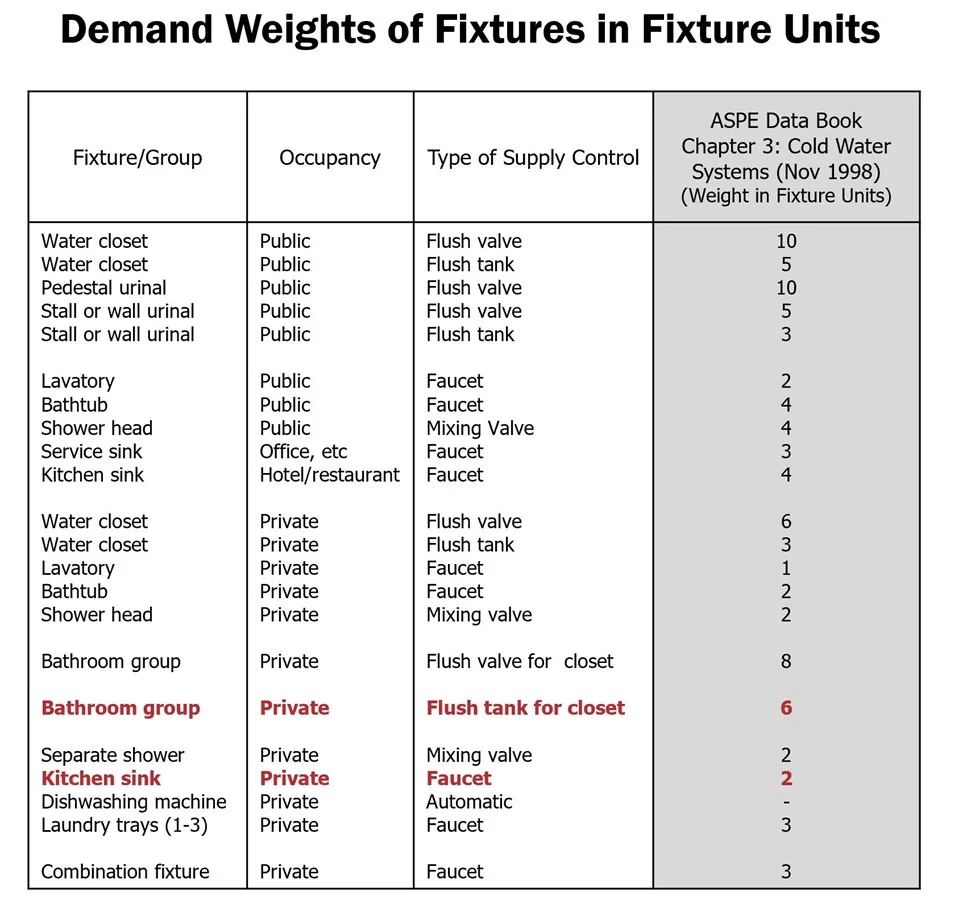Domestic Water Pressure Booster Sizing Part 3: Estimating Fixture Demand Loads Using Hunters Curve
/Today we are going to talk about fixture counts and introduce you to the Hunters Curve. Going back to the same simple example we used in Part 1 and Part 2 of this series , we know that each apartment in our 100 Room apartment building has one …
Read More


